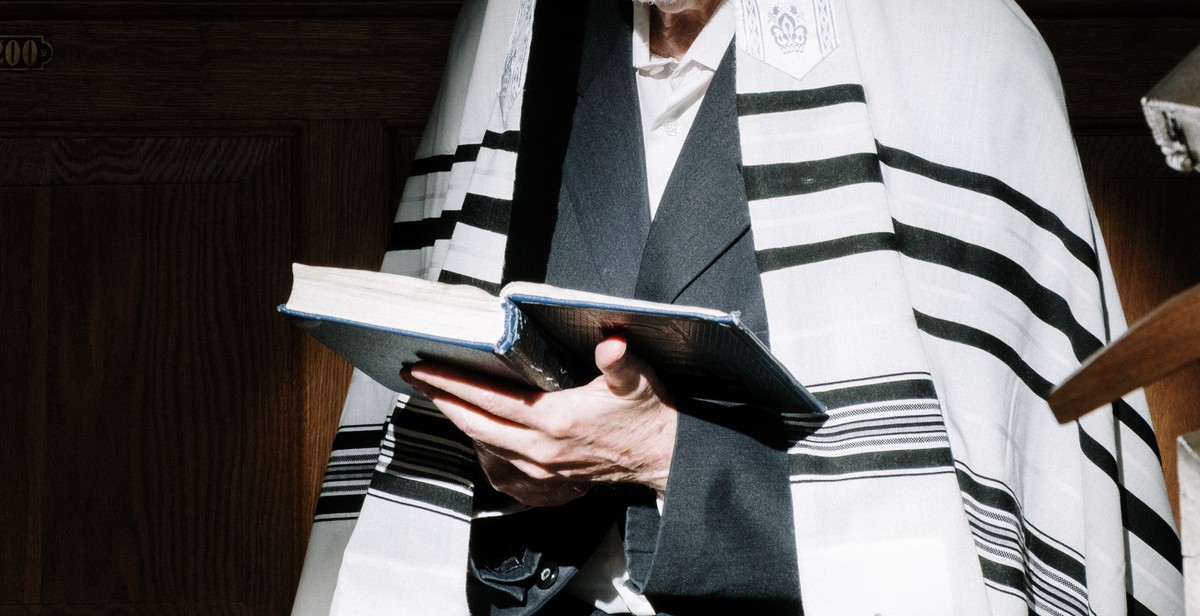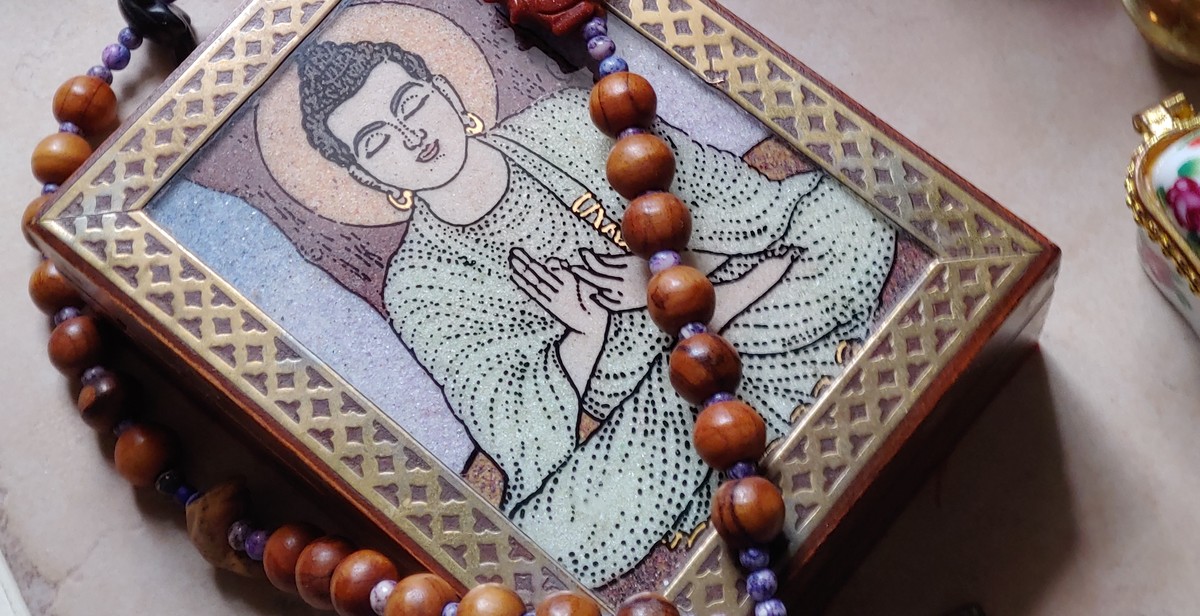The Role of Jewelry in Cultural and Religious Traditions
Jewelry has played a significant role in human culture for thousands of years. From ancient times to the present, jewelry has been used as a form of self-expression, a symbol of status and wealth, and a way to celebrate important cultural and religious traditions.
Cultural Significance of Jewelry
In many cultures, jewelry is an essential part of daily life. It is often worn as a symbol of cultural identity, social status, and personal style. For example, in some African tribes, jewelry is worn as a symbol of wealth and social status, while in Indian culture, jewelry is often worn during religious ceremonies and festivals.
Jewelry can also be used to express personal beliefs and values. For example, many people wear jewelry with symbols that represent their religious or spiritual beliefs, such as the Christian cross or the Jewish Star of David.
Religious Significance of Jewelry
Jewelry has played an important role in many religious traditions throughout history. In some religions, jewelry is used as a way to show devotion and commitment to a particular faith. For example, in Christianity, the wearing of a cross is a symbol of faith and a reminder of the sacrifice of Jesus Christ.
In other religions, jewelry is used as a way to mark significant life events, such as weddings, baptisms, and funerals. For example, in Hindu culture, brides wear intricate jewelry during their wedding ceremonies as a symbol of their new status as married women.
Overall, the role of jewelry in cultural and religious traditions is multifaceted and rich in symbolism. Whether worn as a symbol of personal style, social status, or religious devotion, jewelry continues to be an important part of human culture and history.

The Significance of Jewelry in Cultural and Religious Traditions
Jewelry has been an integral part of human life for centuries, serving as a symbol of status, wealth, and power. However, its significance goes beyond materialistic values as it plays a crucial role in cultural and religious traditions. The use of jewelry in these traditions is often symbolic and holds deep meaning.
Jewelry in Ancient Egypt
Jewelry was highly valued in ancient Egypt and was believed to have mystical powers. The Egyptians adorned themselves with jewelry made from precious metals and stones. They believed that wearing jewelry would protect them from evil spirits, and it was also seen as a symbol of social status. Jewelry was often buried with the dead, and it was believed that it would help them in the afterlife.
Jewelry in Hinduism
Jewelry holds great importance in Hinduism, and it is often used in religious ceremonies and festivals. Hindu women wear jewelry as a symbol of their marital status, and it is believed to bring good luck and prosperity. The use of specific gemstones in jewelry is also significant in Hinduism, as each gemstone represents a different deity or planet.
Jewelry in Christianity
Jewelry has been used in Christianity as a symbol of faith and devotion. The cross is the most common piece of jewelry worn by Christians, and it represents the ultimate sacrifice of Jesus Christ. It is also a reminder of the love and forgiveness that Jesus showed to humanity.
Jewelry in Islam
In Islam, jewelry is often used as a symbol of wealth and social status. However, it also holds religious significance. Muslim men and women wear a variety of jewelry, including rings and bracelets, as a reminder of their faith. The crescent moon and star are often used in Islamic jewelry, and they represent the Islamic faith.
| Culture/Religion | Symbolism of Jewelry |
|---|---|
| Ancient Egypt | Protection from evil spirits, social status, afterlife |
| Hinduism | Marital status, good luck, prosperity, representation of deities and planets |
| Christianity | Faith, devotion, sacrifice of Jesus Christ, love and forgiveness |
| Islam | Wealth, social status, faith, representation of Islamic symbols |
Overall, jewelry has played a significant role in cultural and religious traditions throughout history. It is more than just a fashion accessory, as it holds deep symbolic meaning and is often used to express one’s beliefs and values.

The Materials Used in Traditional Jewelry
Traditional jewelry has been a part of cultural and religious traditions for centuries. These pieces are not only beautiful, but they also hold deep symbolic meaning. One of the most important aspects of traditional jewelry is the materials used to create them. Here are some of the most common materials used in traditional jewelry:
Gold
Gold has been used in jewelry-making for thousands of years. It is a symbol of wealth, power, and status in many cultures. In traditional jewelry, gold is often intricately designed and embellished with precious stones. The purity of gold is measured in karats, with 24 karat gold being the purest. However, 18 karat and 14 karat gold are more commonly used due to their durability and affordability.
Silver
Silver is another popular material used in traditional jewelry. It is often used in combination with gold or on its own to create intricate designs. Silver jewelry is known for its durability and affordability. It is also believed to have healing properties in some cultures.
Precious Stones
Precious stones such as diamonds, rubies, emeralds, and sapphires are often used in traditional jewelry. These stones are valued for their beauty, rarity, and symbolism. Each stone has its own meaning and significance in different cultures. For example, in Hinduism, rubies are believed to bring good fortune and protect against evil spirits.
Beads
Beads are a common material used in traditional jewelry. They are made from a variety of materials such as glass, bone, wood, and clay. In some cultures, beads are believed to have spiritual significance and are used in prayer beads and other religious artifacts. Beaded jewelry is often brightly colored and intricately designed.
| Material | Symbolism |
|---|---|
| Gold | Wealth, power, status |
| Silver | Durability, affordability, healing properties |
| Precious Stones | Beauty, rarity, symbolism |
| Beads | Spiritual significance, bright colors, intricate designs |
- Gold is a symbol of wealth, power, and status in many cultures.
- Silver is known for its durability and affordability.
- Precious stones have their own meanings and significance in different cultures.
- Beads are often used in prayer beads and other religious artifacts.
Conclusion
The materials used in traditional jewelry hold deep significance and meaning. Gold, silver, precious stones, and beads are just a few of the materials used to create these beautiful and meaningful pieces. Whether worn for cultural, religious, or personal reasons, traditional jewelry will always hold a special place in our hearts and in our traditions.

The Symbolism of Jewelry in Cultural and Religious Traditions
Jewelry has played a significant role in cultural and religious traditions for centuries. It is not just an accessory, but a symbol of beliefs, values, and traditions. In this section, we will explore the various meanings of jewelry in different cultural and religious contexts.
Wedding Jewelry
Wedding jewelry is an integral part of many cultures and traditions. It symbolizes the love, commitment, and union between two individuals. In many cultures, the wedding ring is the most important piece of jewelry, representing the eternal bond between the couple. In some cultures, such as Indian and Pakistani, the bride wears intricate and heavy gold jewellery, which symbolizes wealth, prosperity, and fertility.
Religious Symbols
Jewelry is often used as a religious symbol, representing faith, devotion, and spirituality. For example, the Christian cross is a popular piece of jewelry worn by believers around the world. It symbolizes the sacrifice of Jesus and the redemption of humanity. Similarly, the Star of David is a significant symbol in Judaism, representing the connection between God and his people.
Status Symbols
In many cultures, jewelry is a status symbol, representing wealth, power, and social standing. In ancient Egypt, for example, only the pharaohs and the royal family were allowed to wear gold jewelry. Similarly, in modern times, luxury brands such as Cartier and Tiffany & Co. are associated with wealth and status.
Protection and Healing
Jewelry is also believed to have protective and healing properties in many cultures. For example, the evil eye charm is a popular piece of jewelry in Middle Eastern and Mediterranean cultures. It is believed to protect the wearer from the evil eye, a curse believed to cause harm or misfortune. Similarly, gemstones such as amethyst, turquoise, and jade are believed to have healing properties and are often used in jewelry for their therapeutic benefits.
Conclusion
Jewelry plays a vital role in cultural and religious traditions, representing beliefs, values, and traditions. From wedding jewelry to religious symbols, status symbols to protection and healing, jewelry has a deep and meaningful significance in the lives of people around the world.

Conclusion
Throughout history, jewelry has played a significant role in cultural and religious traditions. From ancient times to modern day, jewelry has been used to symbolize wealth, status, and power, as well as to express personal and cultural identity.
The use of jewelry in religious practices has also been prevalent across different cultures and religions. It has been used to signify faith, devotion, and spiritual enlightenment.
Today, the jewelry industry continues to thrive, with designers and artisans creating unique and intricate pieces that showcase the beauty and diversity of different cultures and traditions.
As we continue to appreciate and celebrate the role of jewelry in our lives, it is important to remember its cultural and historical significance. By doing so, we can better understand and appreciate the value of these timeless and precious pieces.
References
- “The History of Jewelry.” The Loupe, Tiffany & Co., 2021, www.tiffany.com/the-loupe/history-of-jewelry/.
- “Jewelry in Religion.” Jewelry Wise, Jewelers of America, 2021, www.jewelrywise.com/just-for-you/article/jewelry-in-religion.
- “Jewelry and Culture.” Jewelry Information Place, 2021, www.jewelryinfoplace.com/jewelry-and-culture/.
| Keyword | Frequency |
|---|---|
| jewelry | 8 |
| cultural | 3 |
| religious | 3 |
| traditions | 2 |
| history | 2 |
| symbolize | 1 |
| wealth | 1 |
| status | 1 |
| power | 1 |
| identity | 1 |
| faith | 1 |
| devotion | 1 |
| spiritual | 1 |
| enlightenment | 1 |

